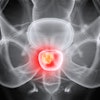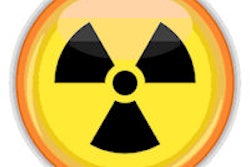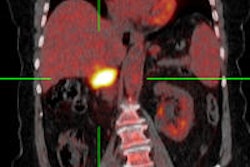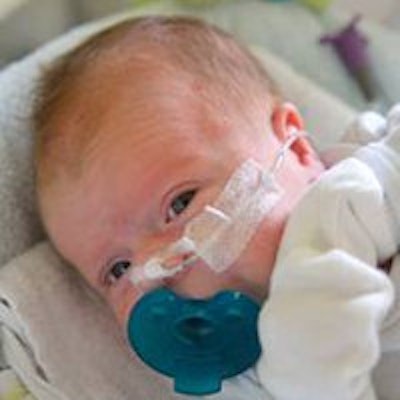
At the recent annual meeting of the German Society for Pediatrics and Adolescent Medicine (DGKJ), the German Radiological Society (DRG) working party on pediatric radiology hosted its own session.
The central theme was the use of low radiation investigation methods in children, but this subject is becoming increasingly difficult to research because the number of centers with a pediatric radiology department is dwindling, warned Dr. Hans-Joachim Mentzel, professor of pediatric radiology at the Jena University Clinic and head of the DRG working party.
Sensitivity to radiation in a child's body during the growth phase is far greater than that found in the adult body, so protection against radiation starts with the choice of investigation method, he explained. This is often ultrasound because it can also be used in infants and toddlers for skeletal investigations and many other issues that affect internal organs. One major development has been contrast-enhanced ultrasound.
"Not only do we use this excellent method in tumor diagnostics, but also when we are investigating internal injuries, such as ruptures to the spleen or liver, and this means that expensive CT or MRI scans can be avoided for children," Mentzel said.
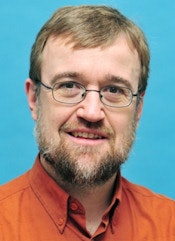 Technical progress does not alter the disastrous predicament facing pediatric radiology in Germany, according to Dr. Hans-Joachim Mentzel.
Technical progress does not alter the disastrous predicament facing pediatric radiology in Germany, according to Dr. Hans-Joachim Mentzel.Contrast-enhanced ultrasound has proved to be particularly well suited in the field of reflux diagnostics. This may involve diagnosis of possible retrograde urinary flow from the bladder to the kidney; this congenital or hereditary dysfunction is common, with onset early in childhood, and can lead to chronic urinary tract infections in small patients. The actual contrast agent consists of microbubbles (microscopically small gas bubbles) that are injected into the bladder or into the circulatory system and are eventually exhaled via the lungs.
Compared with conventional ultrasound, contrast-enhanced ultrasound offers the advantage of greatly improved visualization of the organs under investigation and of perfusion in those organs.
"In addition, this nonirradiating procedure removes the need for diagnostic x-ray investigations, thereby contributing to the protection of our young patients against radiation," Mentzel said.
Furthermore, the session included a presentation dealing with PET/MRI, which can also help to reduce radiation doses in children, whilst at the same time enhancing additional diagnostic value. Used in pediatric tumoral disorders, this procedure not only displays metabolism within the organ, but also provides detailed anatomical information. Unlike PET/CT, an established procedure that has been around for longer, the new procedure generates far less radiation. However, availability remains a problem at the moment, with only four university sites to date in Germany equipped for PET/MRI systems.
Pediatric radiology in crisis
"Unfortunately, technical progress does not alter the disastrous predicament facing pediatric radiology in Germany," Mentzel said, pointing to an urgent healthcare policy problem. "Many professorships in the discipline are vacant and the process of filling the post at the Joint Gießen/Marburg University Clinic has only just got underway. This means that the federal state of Hesse, home to 8 million children, has no university department of pediatric radiology with appropriate academic staffing.
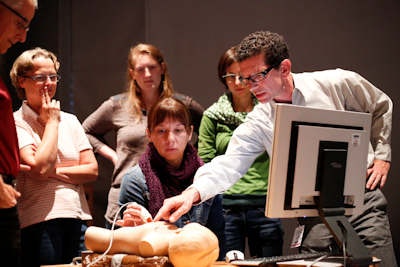 The training needs of pediatric radiologists are now being met by a dwindling number of centers in Germany. Image courtesy of DGKJ.
The training needs of pediatric radiologists are now being met by a dwindling number of centers in Germany. Image courtesy of DGKJ."The burden of research, teaching, and continuing training now falls upon a dwindling number of centers. Not only that, but care quality will also be compromised if pediatric centers no longer have access to the necessary expertise in pediatric radiology. This applies in particular to critical specialist areas, such as neonatal care or cancer medicine," he continued.
Pediatric radiologists are, therefore, giving their full backing to the political appeal launched in the DGKJ's "Save the Children's Ward" (Rettet die Kinderstation) campaign.
Children are not little adults, he added. They suffer from different diseases from adults, diseases that also follow different courses. In pediatric radiology, attention is focused primarily upon neonatology, pediatric oncology, and diagnostics relating to developmental abnormalities.
Furthermore, pediatric investigations take longer to carry out and they require empathy. The methods that are used also differ from those used in adult radiology. A child's body reacts more sensitively to x-ray irradiation than is the case in adults, which makes ultrasound particularly important. Pediatric radiology is a key part of radiology. Not only do pediatric radiologists need expertise in general radiology, but also comprehensive knowledge of pediatric healthcare. This is reflected in lengthy postgraduate training, taking seven years as a rule.
At present, there are 110 pediatric radiologists practicing in Germany. With more than 12 million children living in Germany, this means that nationwide pediatric radiology services can no longer be guaranteed, he emphasized.
Next year's annual meeting of the DGKJ will take place from 2 to 5 September in Munich.
Editor's note: This is an edited version of a translation of an article published online in German by the German Radiological Society (DRG). Translation by Syntacta Translation & Interpreting.


